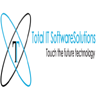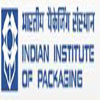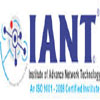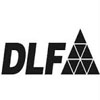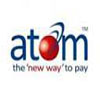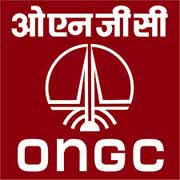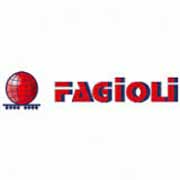-
Air India looks to recast loans worth Rs 28000 crore
Saddled with a debt of almost Rs 50,000 crore, Air India is trying to restructure the Rs 28,000 crore working capital portion of this burden. The airline’s top brass had an informal meeting with State Bank of India management last week in Mumbai where the Maharaja requested that SBI Caps be asked to examine the possibility of converting a part of the working capital debt into equity .
A consortium of 19 banks have extended Rs 28,000 crore as working capital loan to the state-owned airline. Of this, Rs 22,000 crore is aircraft purchase related loan, which has been partially raised with guarantee from EXIM Bank from foreign institutions, and rest via NCDs (non-convertible debentures) and bonds. “For the working capital loan, Bank of India and Bank of Baroda have the biggest exposure individually of about Rs 2,000-2,200 crore each. SBI has an exposure of about Rs1,200 crore,” said a senior official. SBI leads this consortium of bankers for taking decisions on AI loans.
While no bank has far reacted positively to the idea of converting part of loan into equity -or taking a haircut -the airline management has made it clear that corporate debt restructuring (CDR) is a must for the airline to survive. “Every year, Rs 4,000 crore goes towards debt servicing alone…” AI chairman Ashwani Lohani had told TOI.
“Of the Rs 28,000 crore working capital loan, Rs 7,000 crore is NCD. So the issue is of Rs 21,000 crore.Banks will see what part of this amount is sustainable loan -meaning that can be serviced with the cash flows of the company -and what part is un-serviceable (which AI may not be able to service). The non-sustainable portion is about Rs 10,000 crore (which AI wants to be converted into equity),” said the official.
AI has long been trying lenders to cut the interest rate on loans of Rs 10,500 crore, on which it is paying 10.1%.The airline had earlier this year pointed out that there were three options for restructuring the loans. One was to get banks to convert a part of loans into equity . The second was to swap the “high-cost debt” with nonconvertible debentures, which AI executives said, would cost 7-8%, resulting in an annual savings of around Rs 200 crore.
In the third model, banks could be issued preferential capital with a fixed rate of dividend payable.This way , AI feels, there will be no dilution of equity . Martin Perez Authentic Jersey
Share This

























